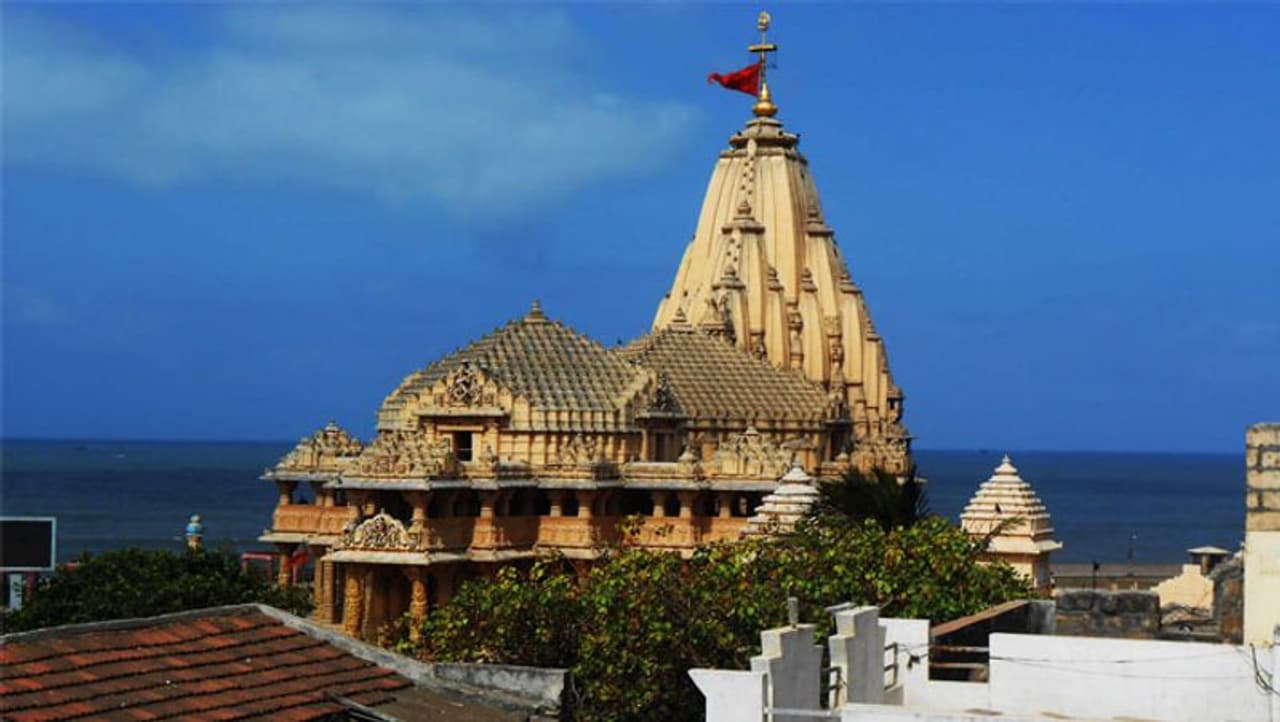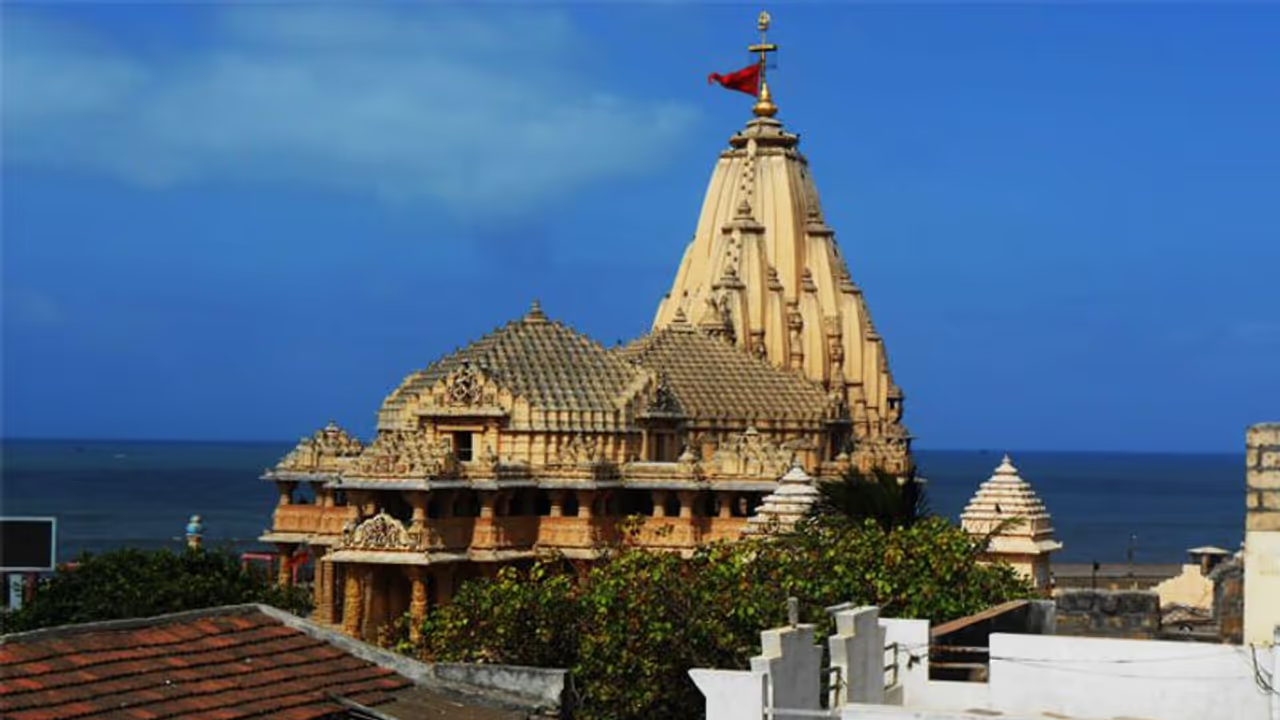Investigations by IIT Gandhinagar and the Archaeological Department have revealed that there are as many as three historical structures beneath the Somnath temple
Bengaluru: Investigations by IIT Gandhinagar and the Archaeological Department have revealed that there are as many as three historical structures beneath the Somnath temple in the state of Gujarat, reports OpIndia.
The investigation was carried out using Ground-penetrating radar (GPR) on the instructions of Prime Minister Narendra Modi. It was in 2017 that PM Modi, also a trustee of the temple, had sought an investigation into it, at a meeting in the national capital.

More on the findings as reported by the website:
L shaped structure beneath the temple
In a 32-page long report prepared by the Archaeological Department, it is stated that there is an L shaped structure beneath the Somnath temple. The investigation was conducted by experts using the latest technologies and machines worth Rs 5 crore. The GPR investigation revealed that about 12 metres into the ground, there was a structure with an entrance gate.
The study has revealed a 3-story structure below the ground in the area. The different levels of the structure are at the depth of 2.5 metres, 5 metres and 7.3 metres from the ground level. A second structure also has need detected below the ground at the location where the security check point for the visitors of the temple is located.
The report also states that there are Buddhist caves beneath the areas surrounding the Statue of Unity which is located at a distance from Digvijay Dwar of the temple. The report has been handed over to the temple trust.
It is said that there was a temple at the place that was reconstructed many times after it was demolished several times by Muslim invaders. In the seventh century, Maitrak kings of Vallabhi had reconstructed the temple. It was demolished by Arabian Governor of Sindh named Junaid. Later Pratihara king Nagabhatta rebuilt the temple for the third time in 815 AD. On the ruins of this temple, Malwa king Bhoj and King Bhimdev of Gujarat built it again for the fourth time. The temple was constructed for the fifth time in the year 1169 by King Kumar Pal of Gujarat.
Mughal emperor Aurangzeb had demolished the temple in 1706. Thereafter the temple was reconstructed in 1951 after the then Home Minister Saradar Vallabhbhai Patel ordered the construction of the temple in 1947 following the merger of Junagarh in India.
